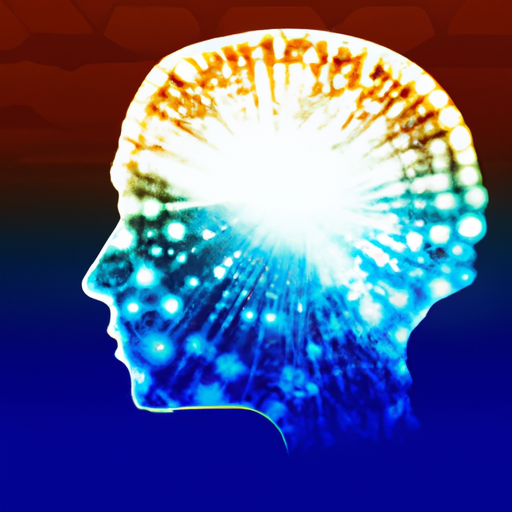Understanding Artificial Intelligence Deep Learning
Artificial Intelligence deep learning has revolutionized the way we interact with technology.
From voice assistants like Siri and Alexa to autonomous vehicles, deep learning is at the heart of many cutting-edge innovations.
But what exactly is artificial intelligence deep learning, and how does it work?
Let’s dive into the world of AI and unravel the mysteries behind this fascinating field.
What Is Deep Learning?
Deep learning is a subset of artificial intelligence (AI) and machine learning that focuses on neural networks with three or more layers.
These neural networks attempt to simulate the behavior of the human brain to recognize patterns, make decisions, and predict outcomes.
Unlike traditional machine learning algorithms that rely on structured data, deep learning can handle vast amounts of unstructured data such as images, audio, and text.
Imagine you’re teaching a child to recognize a cat.
You’d show them numerous pictures of cats until they understand what a cat looks like.
Deep learning operates similarly but on a much larger scale and with far greater complexity.
The Role Of Neural Networks
Neural networks are the backbone of deep learning.
They consist of interconnected nodes or “neurons” arranged in layers: an input layer, hidden layers, and an output layer.
Each neuron receives input from multiple sources, processes it using weights (parameters that adjust during training), and passes it through an activation function to produce an output.
The output then becomes the input for neurons in subsequent layers.
For instance, consider an image recognition task.
The input layer receives pixel data from an image. The hidden layers process this information by identifying edges, shapes, textures, etc., Until the final output layer classifies the image as a cat or not a cat.
Applications Of Deep Learning In Everyday Life
Deep learning has permeated various aspects of our lives in ways we often take for granted.
Take speech recognition systems like Google Assistant or Amazon Echo; they rely heavily on deep learning algorithms to understand spoken language accurately.
Similarly, facial recognition technology used in security systems employs deep neural networks to identify individuals based on facial features.
In healthcare, deep learning aids in diagnosing diseases by analyzing medical images such as X-rays or MRIs with remarkable accuracy.
Even your favorite streaming service uses deep learning algorithms for personalized content recommendations based on your viewing habits!
Transforming Industries With AI Machine Learning
Industries across sectors are harnessing AI machine learning powered by deep neural networks for transformative results.
In finance, banks utilize these technologies for fraud detection by analyzing transaction patterns in real-time while minimizing false positives.
Retailers leverage predictive analytics powered by AI machine learning models to optimize inventory management based on customer demand forecasts.
Manufacturing companies implement predictive maintenance using IoT sensors combined with AI-driven analytics—preventing equipment failures before they occur!
The possibilities are endless when it comes to applying artificial intelligence deep learning across different domains—and we’re only scratching the surface!
The Future Of Artificial Intelligence Deep Learning
As technological advancements continue at breakneck speed so too will developments within artificial intelligence deep-learning space evolve rapidly over time!
One exciting area showing promise involves autonomous systems capable performing complex tasks independently without human intervention—from self-driving cars robots operating warehouses even drones delivering packages doorsteps everywhere you look evidence progress being made leaps bounds!

